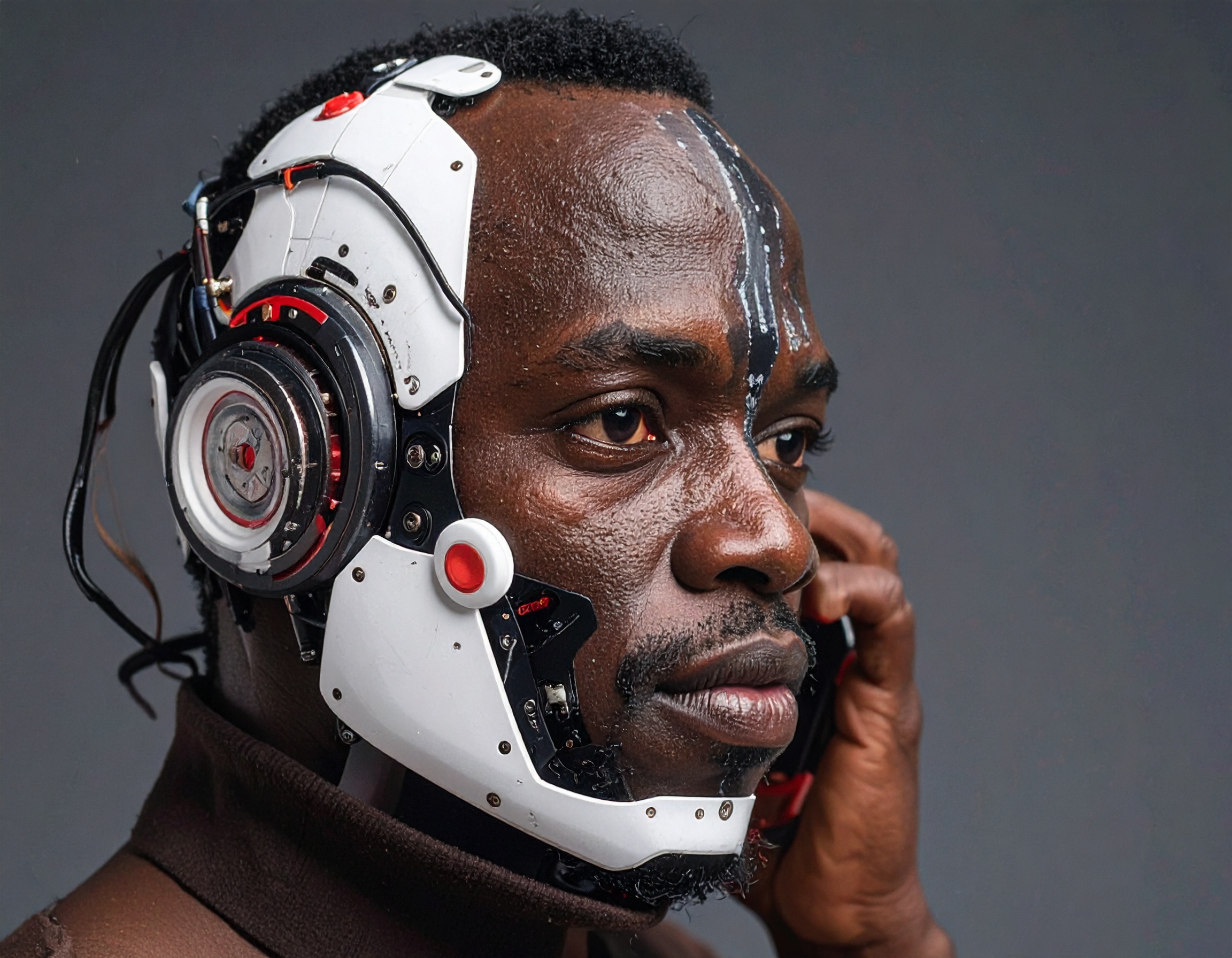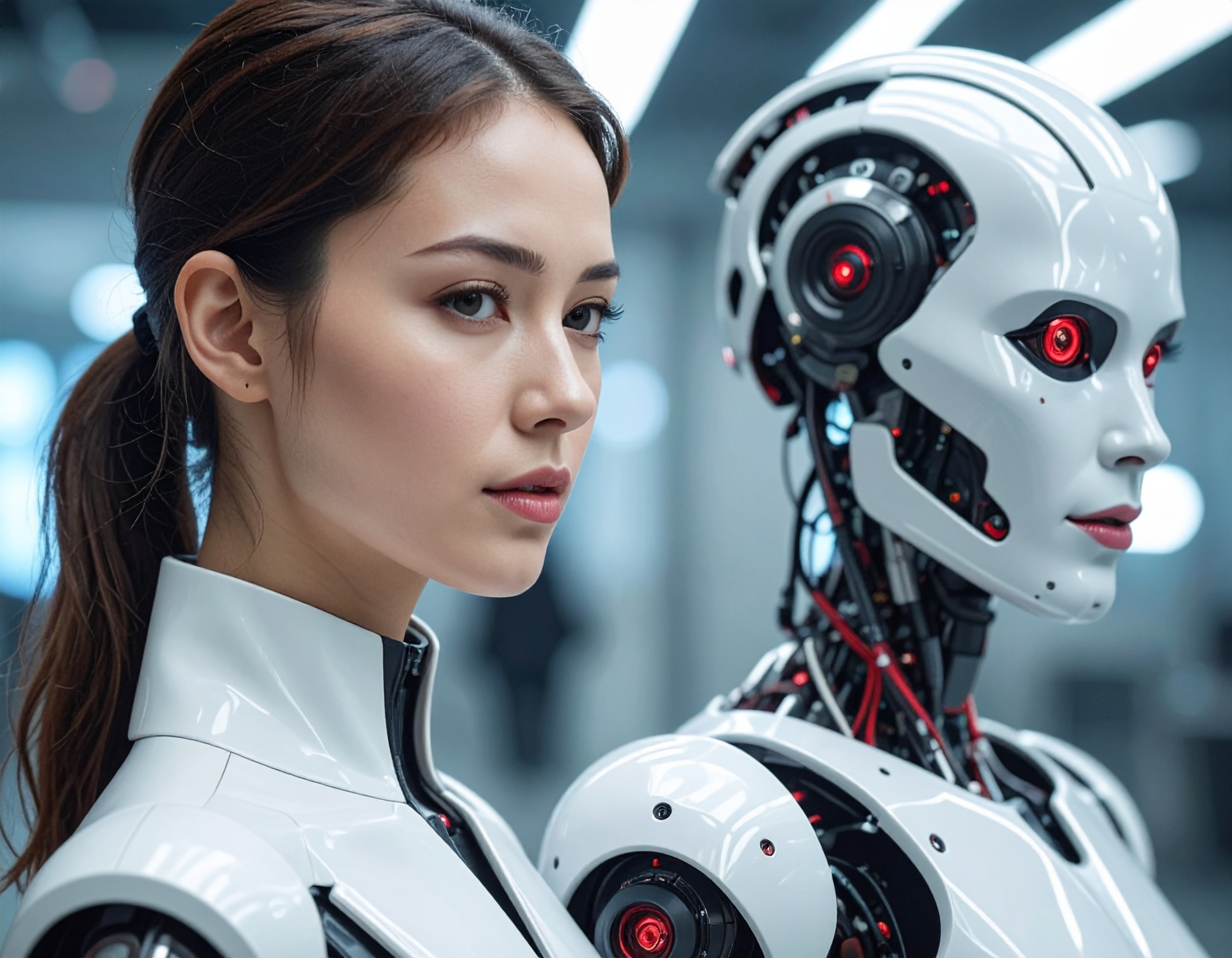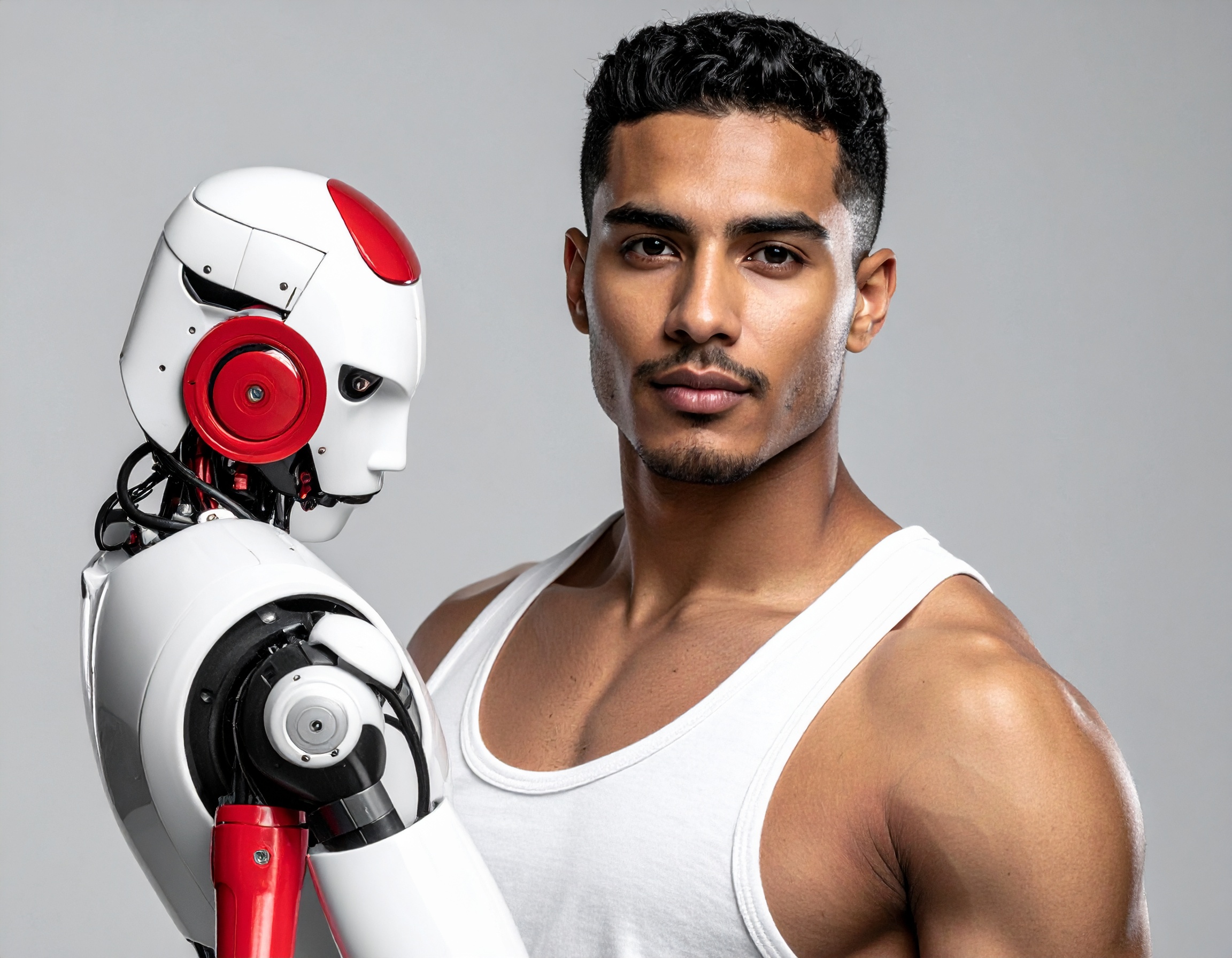Robots Take the Stage: Non-Human Workers Shine at China’s 27th Robotics & AI Finals

Humans vs. Robots: What Just Happened?
On August 24, 2025, the national finals of the humanoid robot competition—part of the 27th China Robotics and Artificial Intelligence Competition—were held in Hefei, Anhui province . Over 800 students from 49 universities presented nearly 200 full-sized humanoid robots in the grand finals. These robots operated autonomously—no remote controls—showcasing environmental recognition, terrain navigation, intelligent obstacle avoidance and efficient material handling .
This is a clear leap forward in testing AI Employee prototypes and Non-Human Workers intended to assist in factories, warehouses, and possibly public spaces. The robots’ performance illustrates how Voice AI Agents and embodied AI are bridging digital intelligence with physical task capabilities, reinforcing the importance of human-machine collaboration in modern industrial settings.
Why It Matters: Real-World Robot Testing
These finals go beyond showcase—they’re a proving ground. Autonomous navigation, obstacle handling, and task execution are critical for industrial and service applications. The event underscores how humanoid robots are no longer just lab curiosities; they’re evolving toward roles as reliable AI Employees in real-world environments.
Moreover, this competition echoes broader trends in China and globally. Similar events—like the World Humanoid Robot Games in Beijing—paired athletic and everyday challenges to reveal both progress and limitations of current robotics . The Hefei finals continue that momentum, demonstrating how Non-Human Workers learn to handle complex scenarios—a vital step toward practical deployment.

From Campus to Factory Floor
The participants—universities pushing the boundaries of robotics—experience firsthand the hurdles of building intelligent, autonomous machines. Skills tested include environmental perception, decision-making, coordination—hallmarks of embodied intelligence.
And while not explicitly Voice AI Agents, these robots are embodiments of integrated AI systems doing “thoughtful” action, navigational autonomy, and physical manipulation. Such systems are likely the precursors to future service robots in retail, logistics, or hospitality, where voice, vision, and movement coalesce.
What Does the Future Hold?
This competition’s significance lies in preparing the next generation of AI Employees—autonomous, adaptive, and capable of real-world utility. As autonomy improves, robots might complement or relieve human labor, especially in roles that are repetitive, hazardous, or require constant precision.
Such events catalyze innovation, accelerate industry-academia collaboration, and pave the way for non-human workers to gradually enter everyday workflows—not tomorrow, but closer than before.
Key Highlights:
- August 24, 2025: Finals held in Hefei, Anhui at the 27th China Robotics & AI Competition .
- Participants: ~800 students, 49 universities, ~200 full-sized humanoid robots.
- Robot Capabilities: Autonomous navigation, obstacle avoidance, terrain negotiation, efficient handling—no remote control involved.
- Significance: Major showcase of AI Employees and Non-Human Workers advancing from labs to real-world tasks.
- Broader Context: Follows similar robotics showcases (e.g., World Humanoid Robot Games in Beijing), highlighting both advances and lingering challenges .
- Implication: Signals growing potential for embodied AI and future Voice AI Agents–enabled systems to assist in industry and daily life.
Reference:


